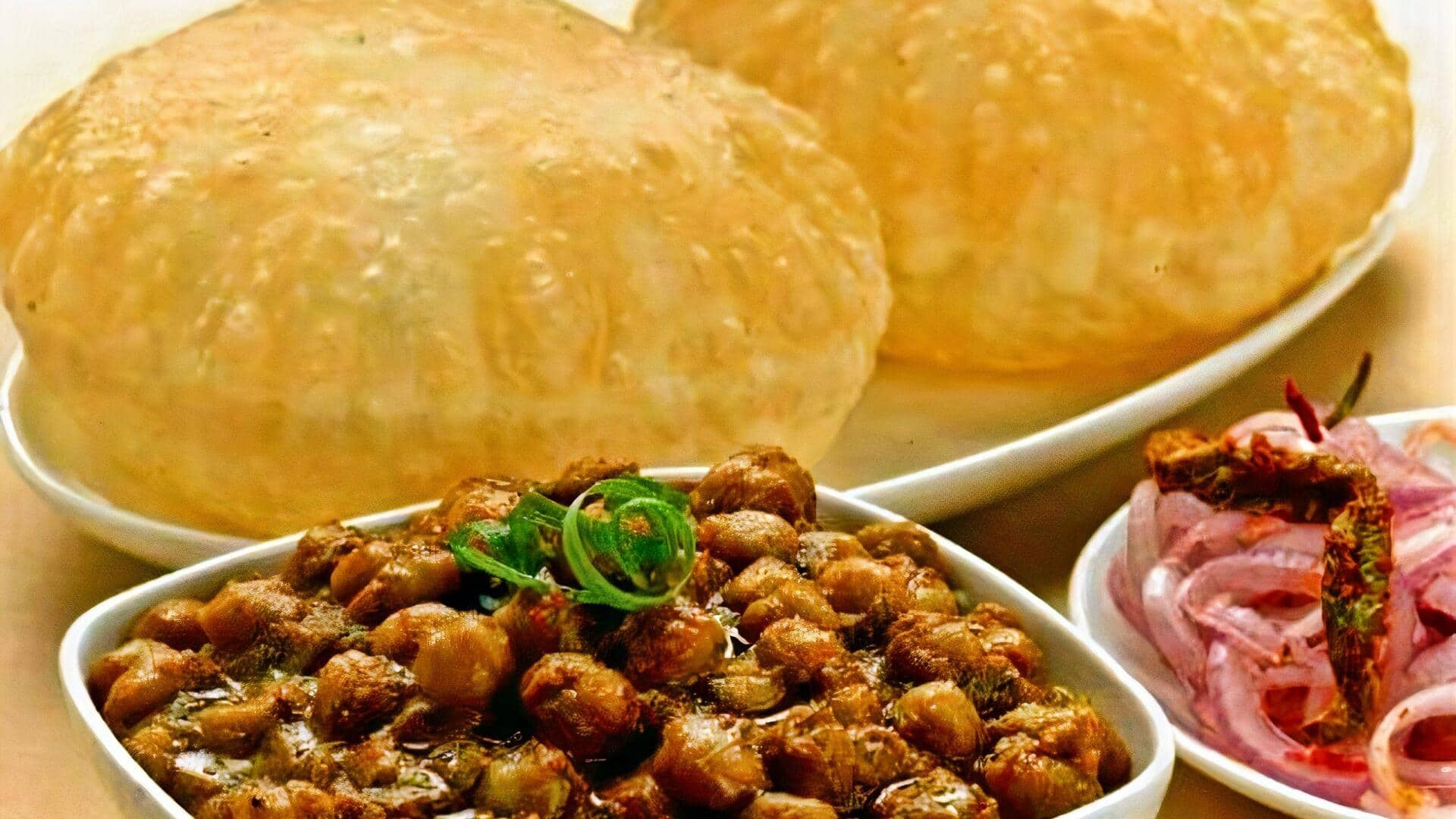A Culinary Introduction
Punjabi cuisine is celebrated across the globe for its richness and hearty flavors, drawing significant influence from the region's agricultural background.
This style of cooking is characterized by its robust use of dairy products like ghee and butter, along with a generous use of spices to create complex flavors. Traditional cooking methods include tandoor ovens and slow-cooking techniques, allowing for unique textures and tastes. The emphasis on communal dining is also a key part of the culture, with many dishes being prepared and enjoyed together, highlighting the cuisine's social aspect. This flavorful combination has made Punjabi food a staple in many diets.
Key Ingredients Explored
The foundation of many Punjabi dishes lies in a specific selection of key ingredients. Dairy products are fundamental, where ghee (clarified butter) and butter add richness, while yogurt contributes to both flavor and texture. A variety of lentils and pulses, such as chana dal (split chickpeas) and masoor dal (red lentils), provide the essential protein that is widely used. Spices form the soul of the food; cumin, coriander, turmeric, and chili powder are used in almost every recipe. Onions, garlic, and ginger form the aromatic base, creating depth, and fresh herbs, especially cilantro, are used for finishing the food. The quality of these ingredients and how they are incorporated is what makes Punjabi cuisine a flavor powerhouse.
Signature Dishes Unpacked
Punjabi cuisine boasts a variety of renowned dishes that showcase its versatility and flavor profiles. Butter chicken, with its creamy tomato-based gravy and tender chicken, is one of the most widely known globally. Dal Makhani, a slow-cooked black lentil dish enriched with butter and cream, offers a rich and satisfying taste. Tandoori chicken, marinated in yogurt and spices and cooked in a tandoor oven, represents the tandoori style. Sarson da saag with makki di roti, a dish of mustard greens served with cornmeal flatbread, is another quintessential Punjabi experience, especially during winter. Aloo paratha (potato-stuffed flatbread) and chole bhature (chickpea curry with fried bread) are examples of popular street food, offering filling meals.
Cooking Techniques Revealed
Punjabi cooking is characterized by particular techniques that highlight the use of a tandoor oven, which is essential for many dishes. This clay oven imparts a unique smoky flavor to foods like tandoori chicken and naan. Slow cooking is another crucial method, especially for dishes such as dal makhani, where low heat for extended periods enhances the texture and flavor development. The use of tadka, or tempering spices in hot oil or ghee, adds another layer of flavor, releasing the aromas of the spices. Frying is also a common technique, particularly for creating dishes with crispy textures like bhature. Mastering these cooking methods is essential for achieving authentic Punjabi tastes and textures.
Regional Variations Noted
Punjabi cuisine exhibits variations across different regions, each adapting to local tastes and ingredients. In the Amritsar area, dishes like Amritsari kulcha and fish are particularly popular. In the Malwa region, vegetarian dishes are often more prominent, and the cuisine showcases the use of local grains and pulses. The Doaba region is famous for its influence from surrounding cultures, enhancing the culinary landscape. These regional variations create a diverse and complex tapestry of Punjabi food, reflecting the variety of local produce and cultural influences. Exploring these differences provides a deeper understanding of the cuisine's adaptability and richness.
Cultural Significance Defined
Punjabi food plays a very important role in the culture of the region, particularly in family gatherings, festivals, and religious occasions. The emphasis on communal dining reflects the values of sharing and togetherness. Food is often seen as an expression of hospitality, with guests welcomed with generous portions and flavorful dishes. Festivals such as Lohri and Baisakhi often include special foods, which are traditionally prepared to mark the celebrations. Wedding feasts are grand events, where elaborate dishes are served, highlighting the importance of food in life cycle events. The cultural significance of Punjabi cuisine extends beyond the dinner table, embodying a sense of community and shared identity.
Adapting to Global Palates
Punjabi cuisine has gained international popularity, adapting to cater to different preferences worldwide while maintaining its original flavors. Chefs have started to adjust spice levels and ingredients to appeal to varied tastes. Vegetarian options are also increasingly offered, with a focus on adapting classic dishes to suit various dietary needs. Innovative fusion dishes have also emerged, combining Punjabi flavors with other cuisines to create unique culinary experiences. The global adaptation of Punjabi food shows its versatility and appeal, showcasing its ability to be enjoyed by a wide range of people. These adaptations have helped maintain the cuisine's relevance in the global food scene.


